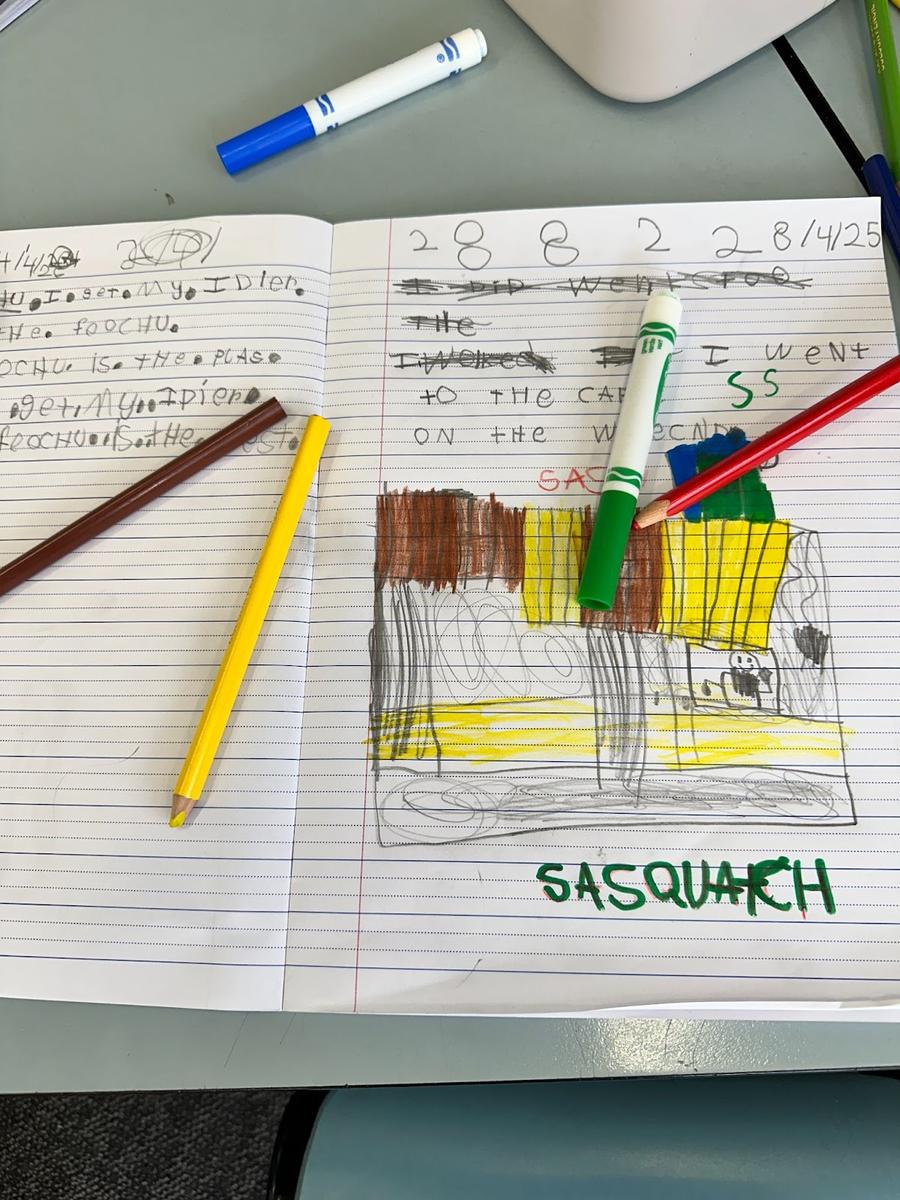Learning at St Columba's

Supporting Literacy at Home – Aligned with St Columba’s Approach
Thank you to all families who joined us for Friday’s Literacy Open Morning. We strongly believe in the connection between home and school and hope to provide you with ways to support your child’s reading and writing journey. Below are some practical and engaging ways to continue this learning at home, in line with our evidence-based approaches at St Columba’s:
Reading Like a Writer – Inspired by Matt Glover
When reading with your child, discuss the author’s choices together. Ask:
- “Why do you think the author chose that word?”
- “What do you notice about how this sentence was written?”
- “How does the author help you feel or picture something?”This helps your child think like a writer, deepening their comprehension and supporting their writing development. These conversations reflect the way we use mentor texts and writing conferences at school to inspire authentic, purposeful writing.
- Author to Author has some great videos on how to view, celebrate and support your child's writing.
Daily 5 at Home: Building Reading Habits
Our Daily 5 framework builds independence and confidence in readers. You can recreate these powerful routines at home:
- Read to Self – Encourage daily independent reading time with a book of your child’s choice. This helps build stamina and fosters a love of reading.
- Read to Someone – Take turns reading aloud to each other. Pause to talk about the text, make predictions, and ask questions.
- Listen to Reading – Use audiobooks, podcasts, or online read-alouds to support fluency and expression. These habits support comprehension, fluency, and vocabulary growth, helping students see themselves as capable and joyful readers.
- Here is a link to ‘Supporting reading at home’
Be a Word Collector – Explore Vocabulary TogetherAt St Columba’s, we believe that building a strong vocabulary empowers students to become confident readers, writers, and thinkers. You can help your child become a “word collector” by noticing and exploring new or interesting words in everyday life, books, and classroom learning.
Suggestions to support vocabulary building at home:
- Create a Word Jar or Notebook: Set aside a special place to write down new words your child encounters, whether in books, conversations, or everyday experiences. Celebrate unusual or “juicy” words and revisit them regularly.
- Use Word Inquiry: Encourage your child to unpack unfamiliar words by asking:
- What does this word mean?
- Can you find a smaller word or root inside it?
- Are there any prefixes or suffixes?
- Where might the word come from (etymology)?
- Can you use it in a new sentence or story?This aligns with our Word Inquiry approach at school, where we explore the structure, meaning, and origins of words. It encourages curiosity and a deep understanding of how language works.
- Link Words to Learning: Explore vocabulary from your child’s current units of inquiry or mathematics focus. Words like symmetry, estimate, range, or measurement can be discussed and applied in real-world contexts.
- Play with Words: Try games like “word of the day,” matching synonyms and antonyms, or using Mrs Wordsmith books. These resources offer visual, engaging ways to build vocabulary through storytelling and humour.
- Read Picture Storybooks Together: Picture books remain one of the richest sources of vocabulary and storytelling. When reading together, discuss the author’s language choices, the characters’ emotions, and how the illustrations enhance the meaning. Reading aloud supports emotional and social development, creating rich opportunities for discussion and connection.
Together, we can foster confident and expressive readers and writers. If you would like more ideas or support, please reach out to your child’s teacher or me; I am always available and happy to chat.


